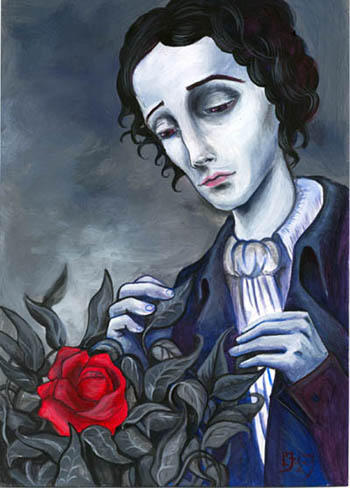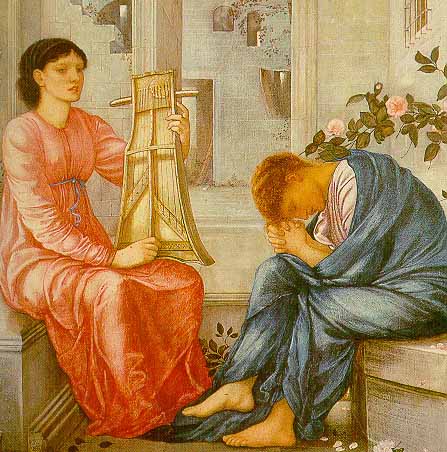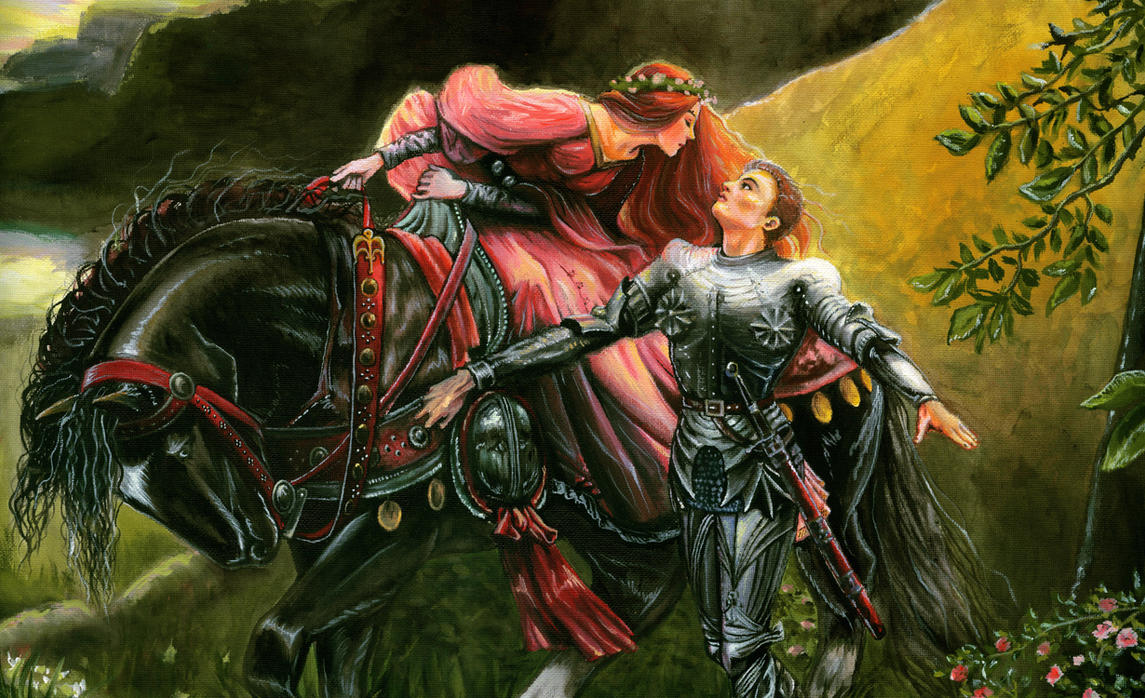Ode on Melancholy
TASK 3
On the third Stanza the speaker mentions that pleasure and pain are connected: Beauty must die, joy is transitory and leaves fast, and the " plant" of pleasure is “turning to poison while the bee-mouth sips.”
Also the writer of a lyric poem uses words that express his perceptions, and his feelings, and thats what happens in this phrase.
TASK 4
STANZA1

" By nightshade, ruby grape of Proserpine;"
Nightshade,: “the ruby grape of Prosperpine,” which is a poison; Prosperpine is the mythological queen of the underworld and she shouldn't become obsessed with objects that have relation with death and misery. This helps to contrast that the "victim" (speaker), the sufferer should not avoid his suffering, his melancholy but rather abstain from death (suicide)

"Make not your rosary of yew-berries"
This quote portrays a contrast between Religion and Death. A symbol of death is being used (poisonous berries) in relation of faith (rosary)
STANZA 2
"Or on the wealth of globèd peonies;"
There are two ways to interpret this quote. First The speaker tries to show that: when affected by the trouble of melancholy, the sufferer should instead defeat and destroy his sorrow with "natural beauty", like beautiful pink flowers that portray positive feelings, and helps to forget about the negative ones (unhappiness). Second Peonies are flowers with large, colourful petals that trun brown and fade soon after opening, which makes a contrast: means that beauty doesn't last nor does love, both fade overtime.
STANZA 3

" turning to poison while the bee-mouth sips"
The flower of pleasure is turning to poison while the bee-mouth sips. The phrase "while the bee-mouth sips" respresents how the bees swallow up the pollem of the plants, which is the good thing of the plant, so the bees will be taking out the goodness of the plant in a way and living the unnecessary wastes (poison).

"Ay, in the very temple of Delight
Veil'd Melancholy has her sovran shrine..."
The speaker says that melancholy is inside the “temple of Delight,”, of joy, that Melancholy and Joy GO TO GETHER. Inse the sacred place of Delight there is a sector, a pice of it, where Melancholy habits, "has her sovran shrine".
Why the word Veil is used? a Veil is " a piece of transparent material, usually attached to a hat used to protect a woman's face and head usually on marriages, so it portrays how Melancholy (HER) is sometimes hidden from people.














